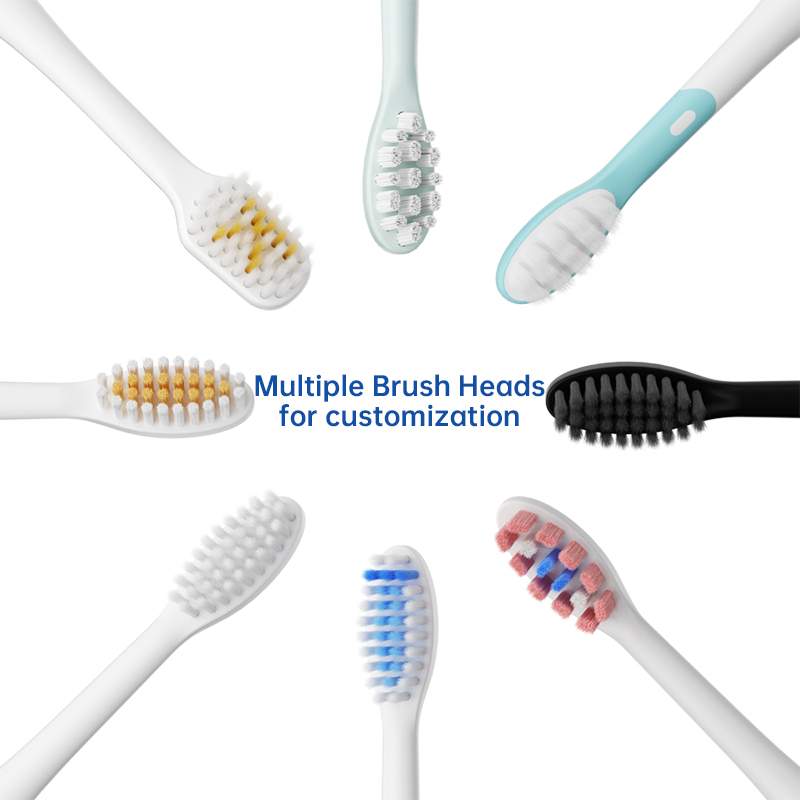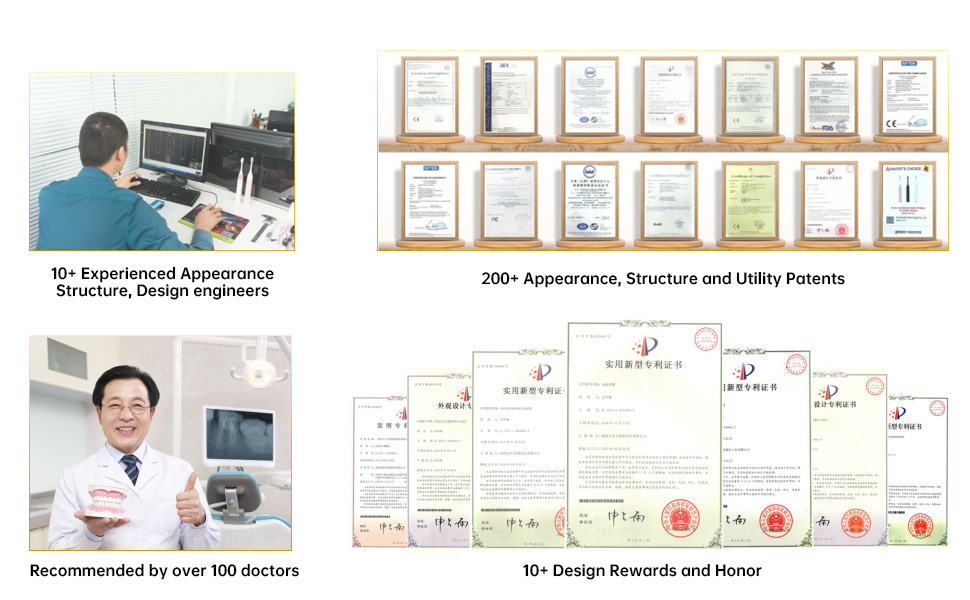College dorm life is unforgiving: crowded bathrooms, constant travel, accidental drops, and roommates who aren’t gentle with gear. For B2B teams evaluating whether a Boston student toothbrush design can reliably serve as a Boston dorm toothbrush, durability is not a single spec — it’s a systems problem that blends materials, mechanics, power, hygiene, and the supply chain. Below are six vendor-focused dimensions to help OEMs/ODMs build an electric toothbrush that survives (and sells) in dormitory environments.
Before engineering, define the real-world stresses your product will face in Boston dorms:
Consequently, a Boston student toothbrush intended as a Boston dorm toothbrush must tolerate impact, moisture, abrasion, and frequent mechanical coupling/decoupling without cosmetic or functional failure.
Design choices that materially improve dorm durability:
In short, materials and geometry should bias toward robustness rather than cosmetic lightness.
Power systems must be durable and forgiving:
These choices lower the frequency of dead units in dorms and reduce warranty claims for power failures.
Dorm settings raise hygiene and maintenance concerns:
Thus, a Boston student toothbrush that’s simple to keep clean becomes an easier sell as a Boston dorm toothbrush.
Testing should simulate dorm life, not just lab curves:
Only with aggressive testing will BOM and assembly tolerances surface before mass production.
Finally, durability must align with the business model:
These tactics help position a Boston student toothbrush as the obvious choice for college buyers who need a reliable Boston dorm toothbrush.
A Boston student toothbrush can absolutely serve as a durable Boston dorm toothbrush — provided the product is designed and validated for the specific stresses of campus life. Here’s a short checklist for B2B teams to act on now:
If you’d like, I can convert this into a 2-page technical brief for engineering (materials table, target tolerances, drop matrix, and test scripts) so your team can move straight into DFM and pilot production. Contact us
.jpg)
.jpg)
.jpg)
Why Boston clinic recommended brushes help Boston sensitive gums
Boston Electric Toothbrush Dental Office Recommended

How to claim a Boston student discount on Boston clinic recommended brushes

Which Electric Toothbrush Is Best for College Students in Boston?
College Student Electric Toothbrush Boston
Compact Electric Toothbrush for Boston Dorms
Boston Electric Toothbrush with App Connectivity

Is a Compact Electric Toothbrush Ideal for Boston Dorms?
.jpg)
sonic electric toothbrush Boston
Boston Electric Toothbrush for Sensitive Gums: Gentle Yet Powerful
.jpg)
Why Choose an Electric Toothbrush Recommended by Dental Offices in Boston?

Can an Electric Toothbrush with App Connectivity Improve Brushing in Boston?
.jpg)
How Boston app toothbrush tech elevates your Boston smart toothbrush routine?

How the Boston compact toothbrush achieves Boston space-saving goals
Boston Electric Toothbrush for Sensitive Gums

What’s the Best Electric Toothbrush for Sensitive Gums in Boston?
.jpg)
Florida Electric Toothbrush – Powsmart PTR-C8

electric toothbrush heads Deep Clean

Electric toothbrush heads Charcoal Infused-Diamond

electric toothbrush heads Ultra Soft

electric toothbrush heads Regular Clean

Private Label Whitening Gel

electric toothbrush heads Charcoal Infuse-Round

Customization Teeth Whitening Gel
whstapp
whstapp
National Toll-Free Service Hotline
+86 755 86238638